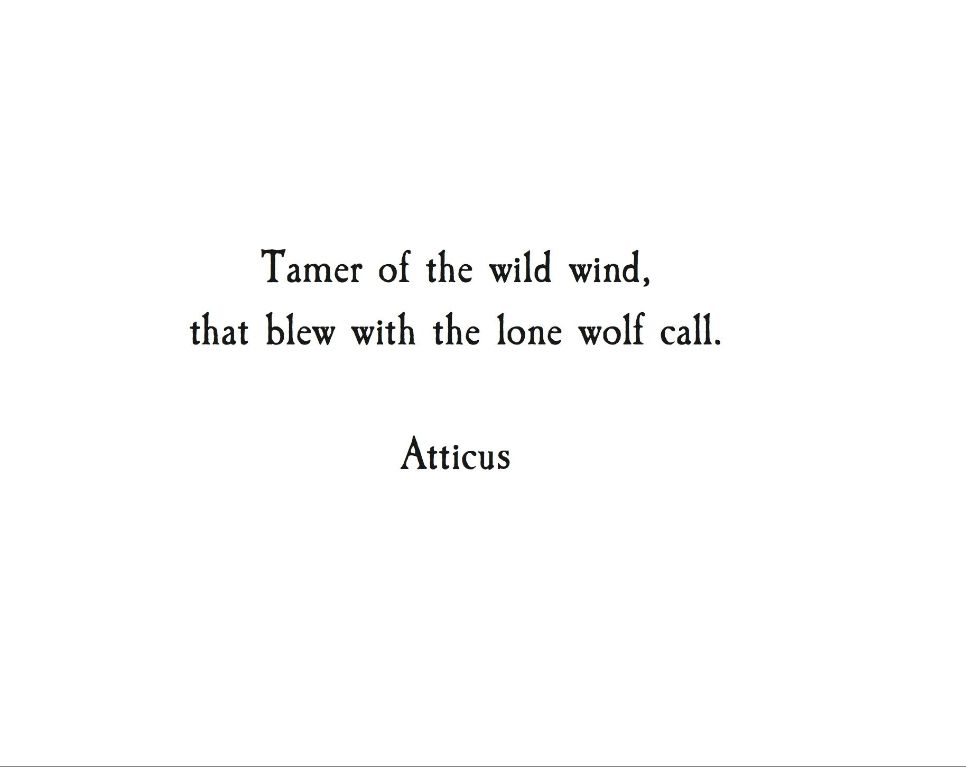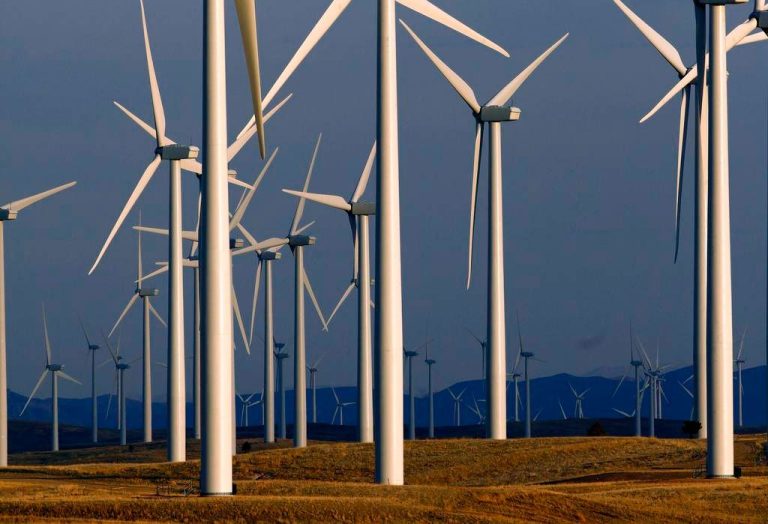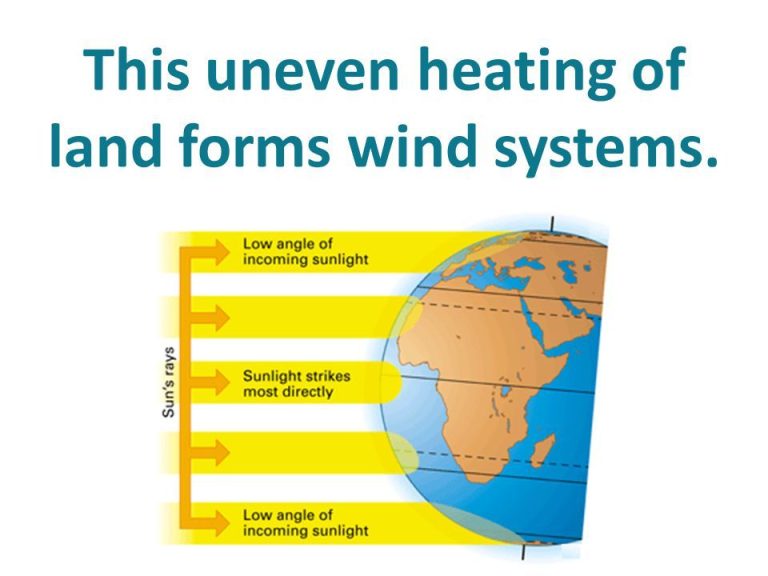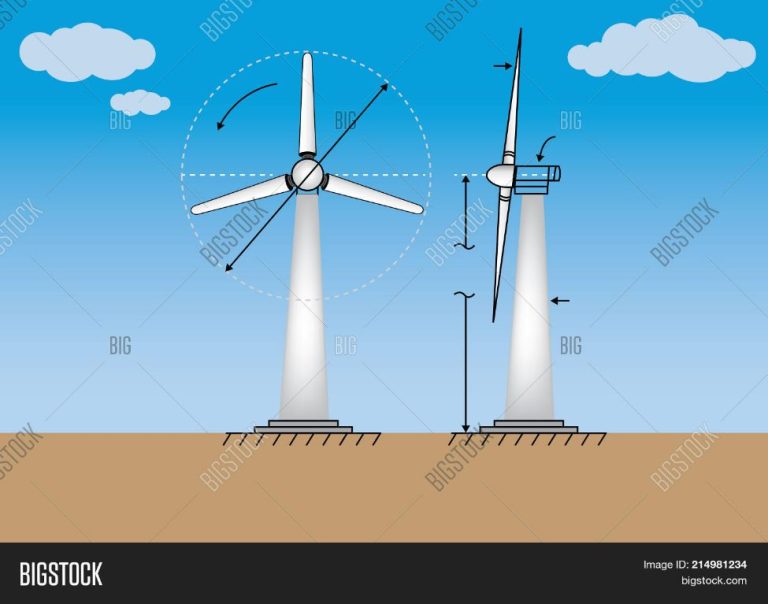What Is A Poetic Quote About Wind?

Wind is a powerful force of nature that has stirred the imaginations of poets and inspired lyrical passages for centuries. The invisible motion of air currents evokes mystery and passion in poetic minds. Wind can represent freedom, change, passion and new beginnings. Or it can suggest turmoil, destruction and unrest. This seemingly ephemeral element has become a rich metaphorical device and symbol in poetry across cultures.
In this piece, we will explore beautiful, insightful and memorable quotes about wind from well-known poets. The wind quotes touch on wind’s capricious nature, its energy, its ability to conjure imaginative visions and more. From romantic quotes about wind’s soft caress to dramatic quotes emphasizing wind’s raw power, the poetic lines exemplify wind’s diverse meanings and interpretations.
Quotes Describing the Power of Wind
The power of wind can be vividly captured in poetic quotes that emphasize its raw force and energy. As Robert Frost wrote in “Wind and Window Flower”, “The wind begun to rock the grass / With threatening tunes and low.” The personification of the wind “rocking” the grass illustrates its ability to powerfully interact with the natural environment. Frost’s use of “threatening tunes” also conveys the wind’s potential danger when it intensifies.
Another quote emphasizing wind’s strength comes from D.H. Lawrence’s poem “Said the Wind”: “With my breath, Good faith! I blew her to death— / First blew her away right out of the sky.” By personifying the wind as able to “blow to death,” Lawrence highlights its capacity for destruction. The abrupt, forceful language powerfully conveys the intensity of heavy gusts of wind.
Both of these quotes use vivid metaphor and personification to capture the raw power of wind. By giving wind human-like abilities and motives, the poets emphasize its agency as an uncontrollable natural force.
Quotes Using Wind as a Metaphor
Many poetic quotes use wind as a metaphor for something intangible like change, freedom, or the passage of time. For example, this quote from Writing with Metaphors uses wind to represent the inevitable and unstoppable force of change:
The wind is change, inevitable, unstoppable. Gusting through the trees, making the green leaves dance and twirl. The wind blows through your hair as you stand on the cliff, looking out over the ocean.
This metaphor evokes the sensation of wind blowing through your hair as you experience the unrelenting passage of time. It reminds us that change will come no matter what we do.
Another example that uses wind as a symbol of freedom comes from The Metaphor of the Wind Poem:
Let this poem be the wind that breaks open the book of a new day. The wind that lifts your hair as the new day dawns.
Source: https://www.artvilla.com/the-metaphor-of-the-wind-poem-2020/
This quote implies that the wind can blow away restrictions and carry you into new opportunities, just as each new day brings renewed possibilities.
Quotes About the Sound and Feel of Wind
The sensory experience of wind comes through strongly in many famous wind poems. Poets use auditory imagery and tactile descriptions to evoke the sound and feel of wind. As Gabriel Setoun writes in his poem The Wind’s Song, “Hear the wind’s swelling song! / See the clouds swept along” 1. Setoun uses auditory imagery like “swelling song” to emphasize the wind’s loud and melodic sound. The poem also features the tactile image of “clouds swept along,” conveying the strong physical sensation of wind’s movement. Similarly, Christina Rossetti describes the varying intensities of wind in her poem The Wind: “With fingers of iron he creaks and hums, / Looms in the oak, the fir tree swings / And, heaving airily his weight of sound, / Through the broad chested woodland rings” 2. Her personification of the wind with “fingers of iron” highlights its powerful and tangible presence.
Both poems use auditory devices, imagery, and tactile details to emphasize wind as a sensory, embodied experience.
Quotes Personifying the Wind
Personification gives human qualities and emotions to non-human things. When poets use personification for the wind, it creates vivid imagery that brings the wind to life.
As an example, one poem personifies the wind as a restless being, saying “The Restless Wind was lonely blowing relentlessly across the barren land kicking up the grass and sand.” https://socratic.org/questions/a-original-poem-about-wind-using-personification. This gives the wind emotions like loneliness and restlessness as it travels across the land. The active verbs like “blowing” and “kicking up” make the wind seem alive.
Another poem gives the wind wisdom and freedom, saying “I am the wind. I am the wisdom and the freedom, I am the storm that tears and howls…” https://projectsanctuary.com/i_am_the_wind_personification_exercise.htm. This personification gives human-like consciousness to the wind, having it speak in first person about its own essence and abilities. Words like “wisdom,” “freedom,” “storm,” and “howls” turn the wind into a powerful, sentient force.
Through personification, these quotes make the wind come to life as a living, thinking, and feeling entity rather than just a weather phenomenon.
Quotes Using Wind as a Romantic Symbol
In romantic poetry, wind is often used as a symbol for love, longing, and relationships. In Robert Frost’s poem “Wind and Window Flower”, he personifies the wind as a lover speaking to his beloved: “Lovers, forget your love, And list to the love of these, She a window flower, And he a winter breeze.” https://poets.org/poem/wind-and-window-flower The wind represents a longing lover, while the window flower symbolizes his distant beloved. The imagery evokes the sadness and separation of unrequited love.
Another famous romantic wind quote is from Emily Bronte’s novel Wuthering Heights: “My love for Heathcliff resembles the eternal rocks beneath: a source of little visible delight, but necessary.” In this quote, Cathy compares her love for Heathcliff to the wild, unforgiving wind that blows across the moors – a powerful, elemental force that is eternal and unchanging. The wind represents the depth and steadfastness of her love, despite outward circumstances.
These quotes use wind as a compelling symbol for the passion, longing, and constancy of romantic love. The wind evokes visceral sensations – the ache of separation, the joy of reunion – that poets have drawn on to express love’s complex emotions.
Quotes Evoking Specific Images of Wind
Poets often use vivid imagery to bring the sensation of wind to life. Here are some quotes that evoke specific visuals of the wind’s movement:
In this quote from William Cullen Bryant’s poem The Prairies, the wind creates a vivid scene as it blows through tall grass:
“And the wind, full of wantonness,
Woe! the stately trees, and subjects them
Its sportive power.”
– William Cullen Bryant, The Prairies (https://discoverpoetry.com/poems/wind-poems/)
The visual of wind blowing through grass demonstrates the wind’s playful nature. The personification of calling the wind “wanton” and attributing a “sportive power” to it brings the scene to life.
In this excerpt from a poem by Emily Bronte, the wind fills sails and carries a ship across the ocean:
“I’ll sail on the flood of the tempest, and dance on the mountains of care,
I’ll laugh at the wrath of the elements – mocking their impotent rage,
My bark shall outride the wild storm, and anchor in fortunes fair.”
– Emily Bronte (https://discoverpoetry.com/poems/wind-poems/)
The wind’s power comes through in its ability to propel the ship. The visuals of sails billowing and a ship tossed on the waves immerses the reader in the scene.
Quotes Describing Gentle, Subtle Wind
Unlike some of the roaring wind quotes, there are also peaceful quotes about a soft, gentle breeze. Although not as intense, these types of quotes evoke their own feelings and images that make the wind seem like a gentle friend or presence.
In the poem A Soft Wind that Gently Blows by Andrew Pell, the wind is described as “Whispering and dancing with the shrubs and leaves; Its wonder and magic, no one believes. The spirit of God gently blows through us and around us. Invisible and soft, without a sound; caressing all life, mother nature it has found.” (Source). This portrays the wind as a subtle, spiritual force that connects with nature and living things in a delicate, quiet way.
Another gentle wind quote is from the poem Soft Winds by Lavender Blue: “Soft winds blow the petals aloft, As you clutch the roses to your heart. A bouquet so eloquent, In the garden shall not part.” (Source). Here the wind is soft enough to just lift flower petals, contrasting with powerful gusts that would break branches or blow down trees. It evokes an image of romance and gentle movement.
Both of these quotes use soft, subtle language to describe the wind as a gentle force of nature that connects living things, stirs feelings, and creates beautiful moments versus violently whipping everything around. The wind takes on an ethereal, peaceful personality rather than a destructive one.
Quotes Using Unique Descriptions of Wind
Poets use creative and vivid imagery to convey the ephemeral and elusive nature of wind. Here are some notable quotes featuring unique descriptions of wind:
In his poem “Wind”, Ted Hughes personifies the wind as a mythical creature stalking the land: “Wind, that claws at the stones which are ribs / Of the sleeping earth. Wind, ghost paw / Treading the embers which are bones.” This anthropomorphic imagery evokes an ominous, haunting wind prowling the landscape.
Amy Lowell’s “Wind-Clouds” contains highly visual metaphors for gusting winds: “The wind-clouds blew the rain horizontally; / So it is always where great winds are born.” The unusual phrase “wind-clouds” along with the striking horizontal rain image make the wind tactile and visceral.
From Christina Rossetti’s “Who Has Seen the Wind?”: “Who has seen the wind? / Neither I nor you. / But when the leaves hang trembling, / The wind is passing through.” Rossetti emphasizes wind as an invisible, unfelt force made visible only through its effects on objects. Her abstract, philosophical depiction is highly original.
Conclusion
The various poetic quotes about wind showcase the diverse ways poets have described and been inspired by this natural phenomenon. From depicting wind’s raw power to using it as a romantic symbol, poets have found great meaning in the movement of air. The quotes evoked wind’s sound and feel, personified it, used it as a metaphor, and described specific wind images like gales, breezes, and gusts. Wind has served as a rich source of inspiration in poetry across cultures and eras. These timeless quotes remind us of wind’s ability to represent freedom, change, passion and our connection to the natural world.
In summary, wind has served many roles in poetry, from representing destruction to new beginnings, from passionate love to gentle affection. The quotes give a glimpse into wind’s numerous meanings and highlight why it has motivated so many memorable verses. Whether howling, whispering, caressing or singing, wind’s intangible yet undeniable presence has resonated deeply with poets seeking to capture human experiences and emotions through imagery and metaphor. The array of poetic wind quotes serves as a testament to wind’s power – not just its physical force, but its ability to stir imagination and become a compelling symbol freighted with significance.






